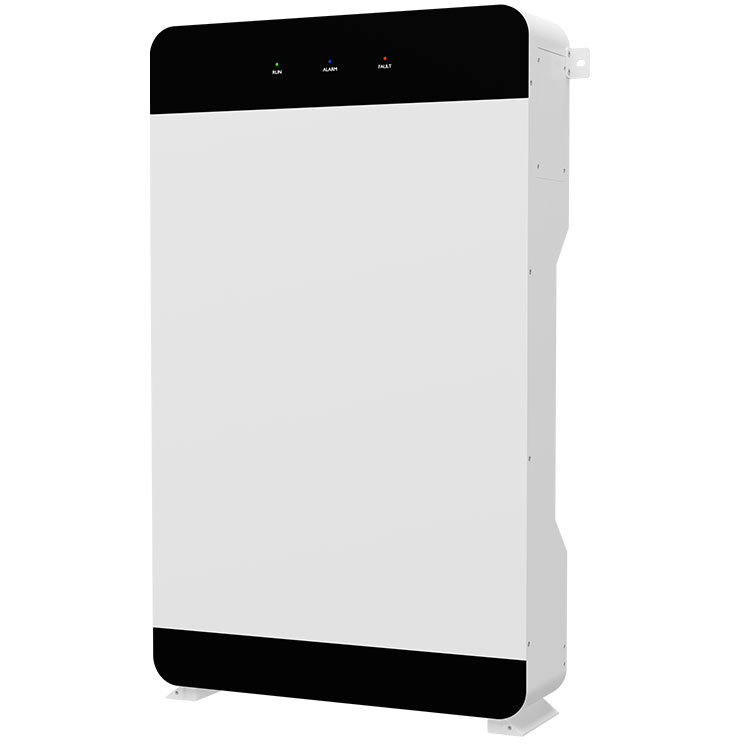One of the most important factors you must know before buying an inverter is your "power needs". Simply put - which appliances do you want to run during a power outage (i.e. fans, downlights, TVs, CFLs, etc.). Power demand is the sum of the power consumed by various electrical devices.
Suppose you want to have 3 fans, 3 tube lights, 1 CFL, and 1 TV running during a power outage. Here is the power consumed by these items.
It represents the volt-ampere rating. It is the voltage and current supplied by the inverter to the device. If the inverter is running at 100% efficiency, then the power requirement of the electrical item is the same as the power provided by the inverter. But we all know that 100% or ideal conditions do not exist in reality. Most inverters have an efficiency range of 60% to 80%. This efficiency, also known as the power factor of the inverter, is simply the ratio of the power required by the appliance to the power provided by the inverter. Most inverters have a power factor range of 0.6 to 0.8.
Thus, the power supplied (or VA rating of the inverter) = power demand (power consumed by the appliance in watts) / power factor (efficiency).
Here the average value of the power factor or efficiency is considered, i.e. 0.7.
In the market there are inverters with 800 VA. Therefore, an 800 VA inverter would be the right choice for your home.

Batteries are the backbone of an inverter system. The performance and life of your inverter depends largely on the quality of the batteries. The next big question is "How much backup will an inverter provide?" or "How many hours will it run all your equipment?" . This is called battery capacity. It is the battery capacity that determines the backup time. It is expressed in Ah (amp hours).
Batteries with capacities of 100Ah, 150Ah, 180Ah, etc. are readily available in the market. So, how do you decide which one you need? To figure this out, let's do a back-of-the-envelope calculation. Consider that you need a battery that can provide 3 hours of backup.
Battery capacity = Power requirement (watts) * Standby hours (hours) / Battery voltage (volts).
Therefore, a battery with a capacity of 130Ah will work for you.
So, if you want to run 3 fans, 3 tube lights, 1 CFL and 1 TV for 3 hours during a power outage, you need an 800VA inverter and a 130Ah battery.
By understanding this simple calculation, you will not only save yourself from the misleading information shared by inverter dealers, but you will also help yourself make the right decision.
